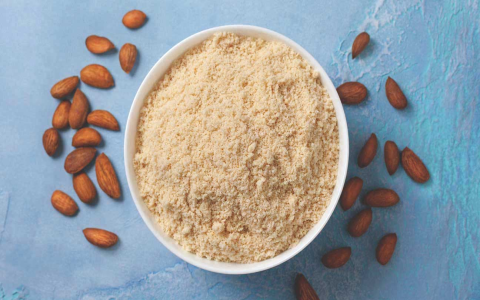Okay, so the other day I was messing around in the kitchen, trying to bake a cake, and I stumbled upon this thing called “low gluten flour.” I’d heard of it before, but honestly, I never really knew what it was all about. So, I decided to do a little digging and experimenting of my own.
My Little Experiment with Low Gluten Flour
First things first, I needed to figure out what this flour actually is. Turns out, it’s not some magical, gluten-free thing. It still has gluten, just less of it than regular all-purpose flour. Think of it like this: regular flour is like a super strong rubber band, while low gluten flour is a bit more…relaxed.

What I did:
- Grabbed some flour: I got my hands on some low gluten flour from the store. It felt a bit finer and softer than the usual stuff.
- Read the label: Usually, low gluten flour has a protein content of around 7-9%. That’s the gluten-forming protein, by the way. Regular flour is more like 10-12%.
- Made a Test : used low gluten flour and normal flour to make cookies,check which one is batter.
Baking Time!
I decided to bake some cookies. I figured that would be a good way to see the difference. I followed my usual recipe, just swapping out the regular flour for the low gluten kind.
The result? The cookies were definitely more tender and crumbly. They didn’t have that chewy, stretchy texture you sometimes get with regular flour. Instead, they were more delicate and, dare I say, a bit more melt-in-your-mouth.
My takeaway? Low gluten flour isn’t a one-size-fits-all solution, the cookies made by low gluten flour taste better. It’s better for things where you want a softer, more tender texture. I’m thinking cakes, pastries, muffins – things like that. If you’re going for a chewy bread, stick with the regular stuff. But if you’re after something a bit more delicate, low gluten flour might just be your new best friend!













